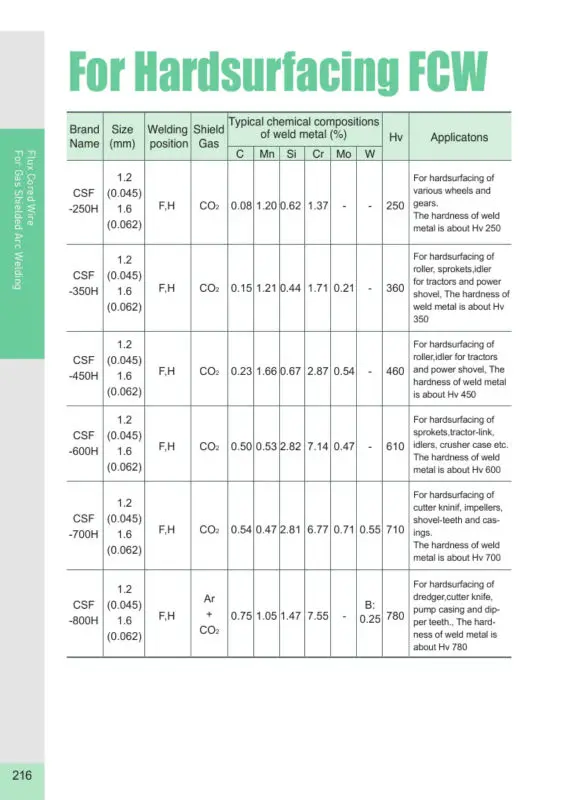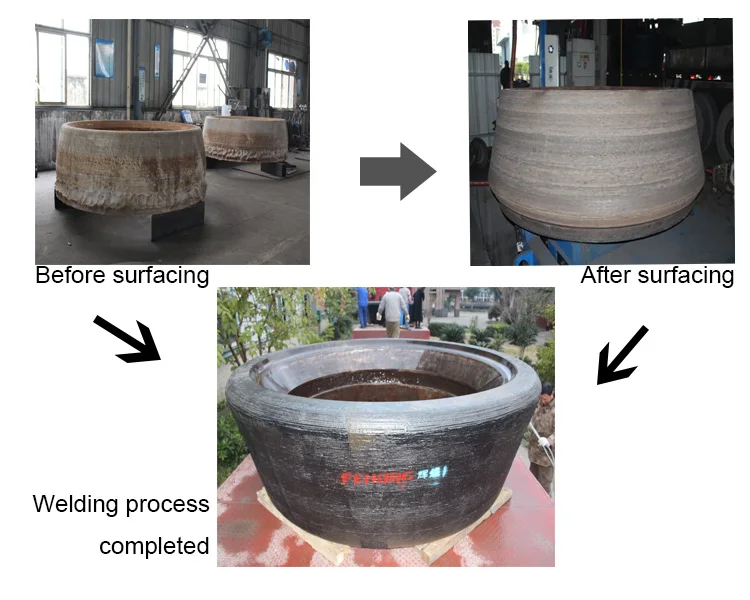

GMAW with pulse has become the standard for low-heat-input, low-spatter welding for many applications. Based on the waveform, or synergic line, this process can occur as many as 400 times per second. The precise increase and decrease reduces heat input and spatter without sacrificing proper penetration. Once the droplet is formed in the higher peak current, the output decreases and the droplet is detached, pushing the molten metal into the weld puddle. Pulse welding is a modification of the spray-arc process that varies the electrical output of the power source to form and detach a single droplet at a time. Switching to solid wire will reduce the fume generation, but welding with pulse lowers fume generation significantly.

Studies show that welding fumes such as manganese, iron oxide, and hexavalent chromium may cause significant health problems, requiring expensive fume removal systems or welding outside where fumes can disperse. One problem with using cored wires is the amount of fumes they produce. Many fabricators use flux-cored or metal-cored wires because of their ability to weld “dirtier” steels-those with higher levels of mill scale, rust, or oil. Using a flux-core wire can assist with holding the weld pool in place but requires postweld cleaning to remove the slag.Ĭored wires are another option for high-deposition welding, but they are more expensive than solid wire. In the horizontal or flat position, spray-arc has great penetration profiles, can lay down a lot of material, and allows for high travel speeds. Gravity assists the process in a flat and horizontal position, but in any other position the puddle can shift before the weld pool solidifies. The arc produces a constant stream of tiny droplets, resulting in a more fluid weld pool. In spray-arc, the droplet application happens just as it sounds-through a spray action. Spray-arc welding has the same position limitations as SAW but for different reasons.

This type of welding may be the best choice for some applications, but in confined spaces, the size of the equipment and need to maneuver parts may not allow for access to the weld joint. After a few inches the slag will break off, exposing the weld, and the operator can make adjustments as needed. The covered arc reduces the chance of arc flash, making it a safer option for employees’ eyesight, but it also limits the operator’s view of the finished piece and removes the immediate opportunity to adjust the arc midprocess. Additional drawbacks include expensive and large equipment, and the flux and slag can be messy. While the process provides a smooth, finished weld without spatter, and with little or no smoke covering, it’s the flux covering that makes it feasible on flat or horizontal joints only. Why? And how do you determine which method is best for your application? What Is Submerged Arc Welding?ĭuring SAW, a layer of flux covers the arc and weld joint. Pulse welding can provide a solid option for these situations, and it is the best option in others. Joints are located out of position and hard to reach, or it isn’t plausible to rotate the large parts and subassemblies this type of fabrication requires. While both processes have many advantages, they share one disadvantage-they are limited to welding in the flat and horizontal positions. Two of the most common processes are spray-arc gas metal arc welding (GMAW) and submerged arc welding (SAW). Welding thick metals with large joints commonly found in heavy industry and equipment manufacturing often requires a process that can produce high deposition rates. Because the arc current is pulsed, the total average current is lower than with a conventional spray arc. In applications that require high deposition rates, pulsed welding reduces heat input, even with cored wires.


 0 kommentar(er)
0 kommentar(er)
